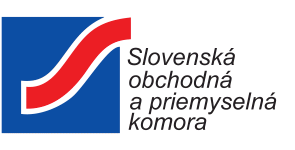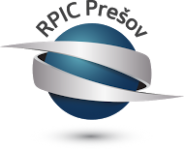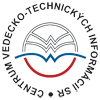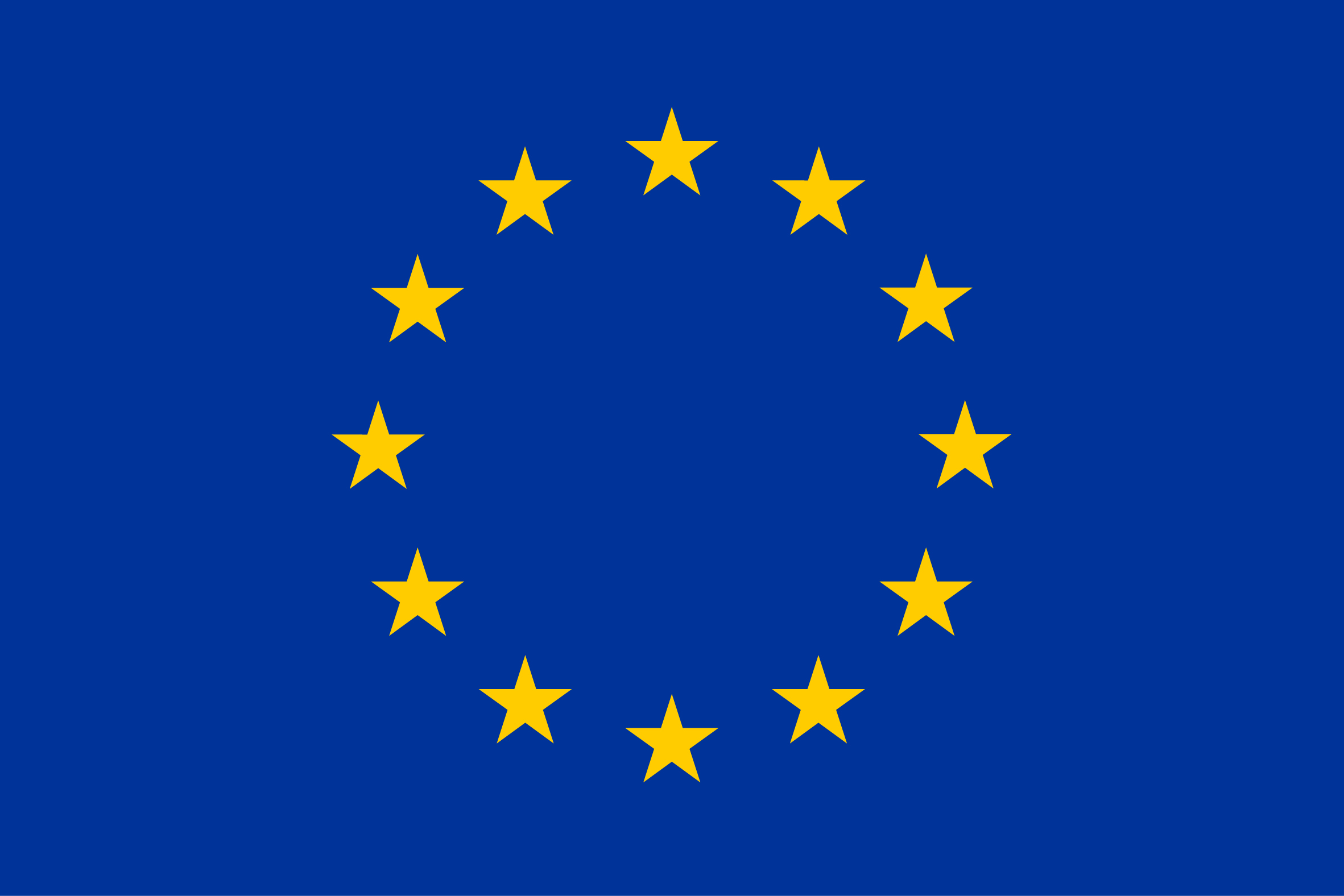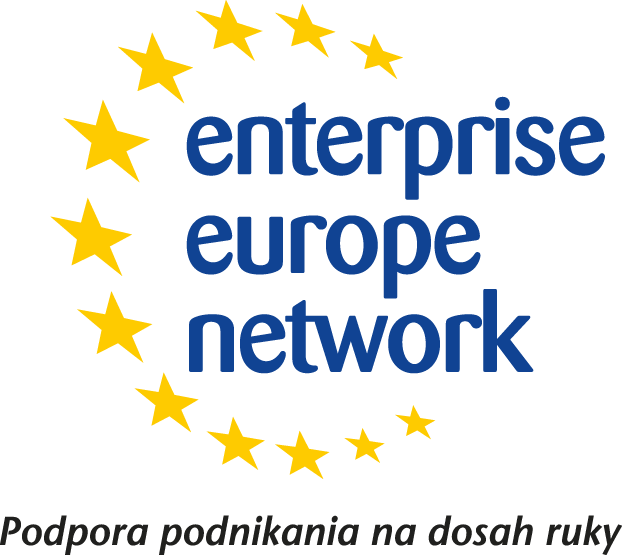Summary:
A research group based in Italy has developed a new class of small molecules acting as SERPINA3 inhibitors, which are able to reduce prion protein (PrPSc) accumulation in prion-infected cell lines, thereby representing a new therapeutic treatment against prion and prion-like diseases. They are looking for licence agreements and joint venture agreements with pharma companies and/or financial agreements with investors.
Description:
To date, despite numerous active efforts, there are no drugs available for the cure of the neurodegenerative diseases collectively referred as prion and prion-like disorders. Symptomatic treatment is the only available option, including the administration to patients of anti-psychotics, such as quetiapine and clonazepam, to treat myoclonus and of selective serotonin re-uptake inhibitors (SSRIs) to treat depression.
Indeed, through this invention, the technology transfer office of a research center based in the North of Italy and internationally renowned, is presenting a new class of small molecules. These small molecules are acting as SERPINA3 inhibitors, which are able to reduce PrPSc accumulation in prion-infected cell lines, thereby representing a new therapeutic treatment against prion and prion-like diseases.
The development of specific inhibitors of SERPINA3 with an activity in the nano-molar range is expected. The characterization of structural models of the binding of the small molecules with the protein should allow the identification of novel inhibitors with improved potency.
The research center is looking for licence agreements or joint ventures with industry (pharma companies) or financial agreements with investors interested in developing new drugs.
Type (e.g. company, R&D institution…), field of industry and Role of Partner Sought:
Pharma companies/Investors interested in acquiring and co-developing the technology in the frame of financial, joint venture and license agreement.
Stage of Development:
Under development/lab tested
Comments Regarding Stage of Development:
The project is being developed by two Italian research centers, in collaboration with a German research center. Thus far the research team has characterized the system in vitro and partially in vivo. Further developments are expected in the coming months also depending on the identification of appropriate partnership.
IPR Status:
Patent(s) applied for but not yet granted
Comments Regarding IPR Status:
The patent owners are: Italian Research Center 1 (50%), German Research Center (37.5%) and Italian Research Center 2 (12.5%). The European search report has shown a complete novelty and inventive step. Supplementary material and supporting data available upon request.
External code:
TOIT20210421001



